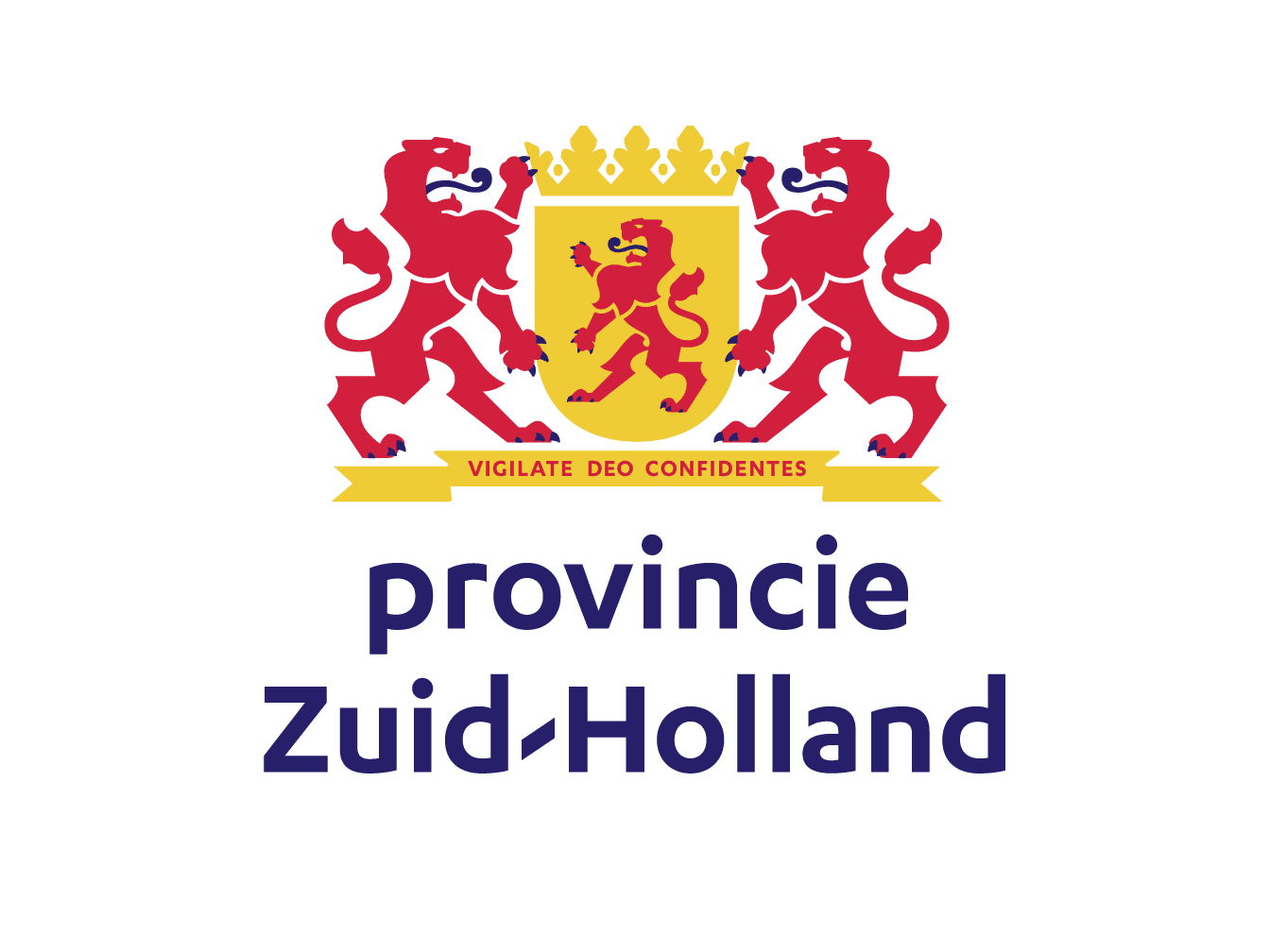Rising temperatures result in an increasing demand for air-conditioning, both in traditionally warm locales and in usually cooler climates, such as in The Netherlands. Besides air-conditioning for climate control, sun-shading measures are also applied in order to keep solar glare out of buildings. These are not universally applicable (e.g. high-rise buildings), require additional maintenance, and result in a loss of contact with the outside world that can lead to a feeling of “containment” and limit well-being.
A promising solution to these challenges comes in the form of electrochromic glass, where the optical properties of the glass change (tinting) upon the application of a low voltage in order to realise HVAC energy savings and improve user comfort. This technology can accommodate uninterrupted contact with the outside world, as well as precise control of solar heat gain and glare in a space, but it currently extremely expensive in the real world due to high manufacturing costs.
Brite Solar has developed its own proprietary production process for electrochromic glass by means of low-cost and highly precise ink-jet printing, allowing for major price reductions and thus attractive economic prospects for use in a much wider range of buildings.
In the Green Village, Brite’s electrochromic glass will be demonstrated – in cooperation with its partners TU Delft and Si-X – in a typical office building environment in order to:
- quantify the possible energy savings under Dutch conditions
- investigate user perceptions and experiences upon long-term contact with the product
- explore the viability of the overall business case for the end users, based on the collected information.
The consortium consists of:
Brite Solar
Si-X
TU Delft
NL
Stijgende temperaturen leiden tot een toenemende vraag naar airconditioning, zowel in traditioneel warme gebieden als in doorgaans koelere klimaten, zoals in Nederland. Naast airconditioning voor klimaatbeheersing worden er ook zonweringsmaatregelen tegen verblinding door de zon toegepast. Dergelijke maatregelen zijn echter niet universeel toepasbaar (bijv. hoogbouw) en vragen extra onderhoud. Ook kan het leiden tot verlies van contact met de buitenwereld, wat een gevoel van beknelling geeft en een beperking in het welzijn.
Een veelbelovende oplossing voor deze uitdagingen komt in de vorm van electrochromisch glas, waarbij de optische eigenschappen (lichtdoorlatendheid) van het glas zich veranderen bij het aanbrengen van een lage spanning om HVAC-energiebesparingen te realiseren en gebruikerscomfort te verbeteren. Deze technologie is geschikt voor ononderbroken contact met de buitenwereld en voor nauwkeurige regeling van de zonnewarmtewinst en verblinding in een ruimte, maar is momenteel extreem duur in de echte wereld vanwege de hoge productiekosten.
Brite Solar heeft haar eigen gepatenteerd productieproces voor electrochromisch glas ontwikkeld op basis van goedkoop en zeer precies inkjet-printen, waardoor grote prijsverlagingen mogelijk zijn en dus ook aantrekkelijke economische vooruitzichten voor gebruik in een veel groter aantal gebouwen.
Op The Green Village wordt Brite’s electrochromisch glas – in samenwerking met haar partners TU Delft en Si-X – in een typische kantoorgebouwomgeving gedemonstreerd om:
- de mogelijke energiebesparing onder Nederlandse omstandigheden te kwantificeren
- gebruikerspercepties en -ervaringen op basis van langdurig contact met het product te onderzoeken
- de verzamelde informatie te gebruiken om de levensvatbaarheid van de algehele business case voor de eindgebruikers vast te stellen.
Het consortium bestaat uit:
Brite Solar
Si-X
TU Delft





